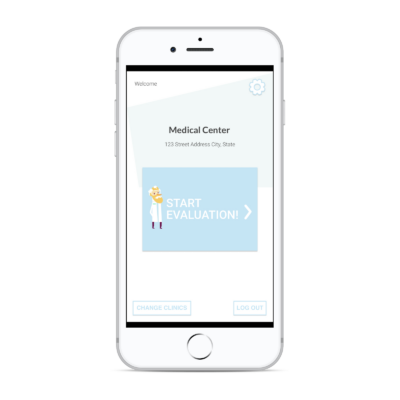Ukraine has one of the lowest vaccination rates in Europe and has recorded multiple outbreaks of measles over the past decade. The worn-torn country reported more than 57,000 cases in 2019. A nationwide campaign, supported by international partners, helped bring measles vaccination rates in children to 85% in 2020.
- Childhood vaccination rates are low in Ukraine
- Ukraine has a record of measles outbreaks
- Two cases of polio recorded in 2021 – disease surveillance has collapsed
- COVID-19 vaccine uptake among lowest in Europe
- Urgent need to offer vaccines to arrival refugees and to restore basic immunisation services across Ukraine
Now, with vaccination services disrupted and disease surveillance on hold, experts worry that a measles outbreak may be inevitable unless vaccination rates can be increased for those still in Ukraine and the millions of people arriving in neighbouring countries.
12 million people have fled their homes in Ukraine since Russia invaded in late February, with roughly six million displaced internally and another six million taking refuge in other European countries. Poland has welcomed more than 3 million refugees – far in excess of any other country – winning praise but struggling to integrate large numbers of people into their health, education and social systems.
Poland has welcomed more than 3 million refugees – far in excess of any other country – winning praise but struggling to integrate large numbers of people into their health, education and social systems.

There are also concerns that polio could make a resurgence, undermining Europe’s ‘polio free’ status and the global drive to eradicate the disease. Polio returned to Ukraine in 2021, prompting the government in Kiev to publish a new national plan to contain the outbreak. In addition, Ukraine has lower uptake of COVID-19 vaccines than the EU average, with just 35% of people fully vaccinated.
How apps could help
One of the problems for people who suddenly flee a conflict zone is that medical records are often not available, making it difficult to know whether vaccine schedules are complete. There are also differences between national immunisation calendars which can lead to gaps in vaccine coverage.
Technology can help. Tools developed in response to previous migration crises are being redesigned to meet the needs of people arriving from Ukraine. The VAccApp, developed by researchers in Germany, combines patient education with a digital immunisation record. Its user-friendly interface makes it easy for parents to update their own records and those of their children.

The educational component of the app has been shown to improve parents’ ability to provide an accurate record of their child’s vaccination history. Developed by the Vienna Vaccine Initiative (ViVI) and deployed in Berlin during previous waves of migration from Syria, the app is being further developed through the EU-funded ImmuHubs project.
Two other tools, the ViVI Health Survey and the ViVI ScoreApp are also being adapted in response to the crisis in Ukraine. The Health Survey allows people to track their overall health status while on the move, while the ScoreApp provides health professionals with an easy-to-use tool for assessing disease severity in influenza, COVID-19 and RSV.
‘We are now working on converting these apps to chatbots in Ukrainian and Russian languages,’ explained Dr Barbara Rath of ViVI, a paediatrician and project coordinator at ImmuHubs. ‘It will provide a flexible tool for people on the move.’ Dr Rath said the new VAccApp will be ready by late May, followed by additional tools later in the summer.
The WHO has published guidance for countries hosting refugees from Ukraine on containing vaccine-preventable diseases. The ECDC has advice for neighbouring countries welcoming refugees, and the European Commission has a broad range of resources for people fleeing Ukraine (available in Ukrainian and Russian.)




